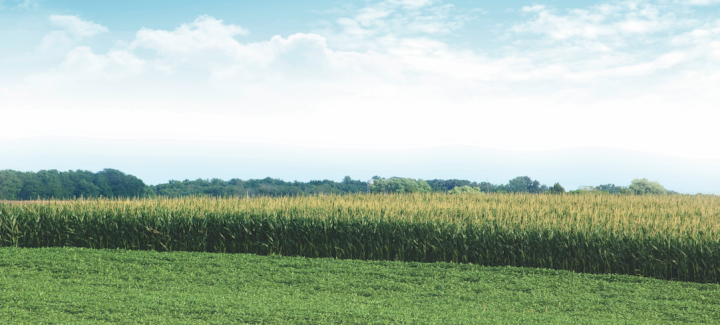
The clock is ticking, and the 2023 planting season will be here before we know it. But there’s still time to order your seed between now and then. We encourage anyone interested in Stine® seed to consult with their local Stine sales rep to assist with product selection and the purchase process. These individuals can help with any questions you may have, including what maturity makes the most sense for your operation, whether a trait is necessary, and whether certain conditions warrant a seed treatment or a more strategic crop management program.
“At Stine, our knowledgeable sales reps and regional sales agronomists are well-versed in each of our products,” says Tom Larson, director of agronomy. “From emergence score to trait selection and how each variety or hybrid performs in various field conditions and environments, they’ve been trained to know where to start and what to look for when helping growers select the right seed for their operation.”
Our experts prioritize four questions when helping growers consider their seed options.
- What maturity makes the most sense for you? Maturity is key as it determines the amount of time a crop takes to fully mature from planting. Selecting a maturity that best fits your environment may seem obvious, but another factor our sales reps often discuss with growers is the value of testing different maturities.
“Sometimes it makes sense to spread the risk when buying seed,” says Larson. “This can look like going with 20% earlier maturity products and 60% of your normal maturity to ensure you have a good variety and spread to cover all your bases no matter the growing environment.”
Check out our full lineup of corn and soybeans in a variety of maturity options in our 2023 Stine Seed Catalog. - Is a trait necessary? No two fields are the same. If you have ground where you typically don’t experience heavy insect or weed pressure, maybe you can cut costs by going with a conventional option.
“Growers looking to save money should always consider the condition of each of their fields before purchasing a traited product,” says Larson. “On good ground where you’ve rotated crops and don’t typically have a ton of issues, you can likely cut costs by sticking with a conventional option. Stine has an excellent selection of conventional corn and soybeans, and these products are produced with our newest germplasm, so you know you’re getting the best-performing product with the highest yield potential.”
If you do need a traited platform or a seed treatment option, we have a number of different products in a wide range of maturities to choose from, including the most extensive selection of Enlist E3® soybeans in the industry, a complete offering of Stine Agrisure®-brand corn and our line of Stine XP seed treatments. - What population and row widths are you considering? Stine has bred our corn hybrids and soybean varieties to perform in different environments, including higher planting populations and narrower row widths. Our products have outstanding emergence and standability in these environments.
“If you’re looking for short corn that can thrive in higher planting populations, we’re the leader in the industry and have the most diverse options that are time-tested in our lineup,” says Larson. “And for soybeans, you’re not going to get a better selection. We’re known for our soybean germplasm, and we have options that will thrive in any environment where soybeans are grown, whether you’re at 100K pop or pushing to 140K. - Do you need financing? Stine has financing available for growers through John Deere Financial. Growers who purchase seed from Stine by Dec. 31, 2022, using their John Deere Financial Multi-Use Account are eligible to receive special financing at a fixed 0% APR*. Learn more about this financial solution for all crop inputs, farm supplies and parts and service here.
Ready to start the process of choosing Stine seed? Contact your local Stine rep today.
*Fixed 0% APR financing is available for a limited time through December 31 and is subject to credit approval.
Related Articles
-

Use Stine’s XP® seed treatments to prevent early injury to your crops
December 2025 in Agronomy
-

Understanding Stine’s enhanced oil profile soybeans
December 2025 in Agronomy
-

Soil sampling sets the stage for spring
November 2025 in Agronomy
-

Corn production growth paves way for more high-performing Stine® hybrids
November 2025 in Agronomy



